8 Steps to a Living Room You'll Love: Function, Flow & Cozy Vibes

Today, we're diving into the world of cozy and inviting living rooms.
Living rooms can be tricky to design. We entertain, relax, watch TV, and chat in this space, so how it looks and functions truly impacts our comfort and well-being.
Studies even show we spend most of our waking hours at home! So, let's explore eight key steps to creating a living room that flows and functions seamlessly.
Table of contents
1. Function First
Think about your living room's purpose. Some homes have formal living rooms and family rooms, while others have a great room or just one living space that needs to handle everything. Identify what activities will take place in the room – that will guide you towards the furniture and features you need.
2. Focal Point
Once you know the purpose, find the focal point. This is something that grabs your eye and grounds the space.
It could be a beautiful view, a fireplace, or even a statement piece of art. If you don't have a natural focal point, create one with artwork, a mirror, or a feature wall.
If the TV is your focal point and you'd like to downplay it, consider hiding it behind art, in a cabinet, or mounting it on a dark wall.
There are even TVs that look like framed art when off!
3. Anchor Your Space
Ground your living room with an anchor piece. Rugs are a fantastic way to achieve this, especially in open floor plans.
A large rug defines the living room area and unifies the furniture within it.
Ideally, all the furniture would sit on the rug, but at least the front legs of the main seating area should, with an additional eight inches on the sides.
A substantial coffee table or sofa can also act as an anchor, on its own or paired with a rug.
Choosing these anchor pieces first and considering your focal point will help you establish the flow of the space and traffic patterns.
Remember to leave enough space for people to walk around comfortably – 24 to 36 inches between furniture you need to walk around, and 14 to 18 inches between the coffee table and sofa for easy reach of drinks and remotes.
4. The Two-Thirds Rule
This is a great guideline for furniture selection and arrangement. Aim for a coffee table that's about two-thirds the length of your sofa. You can even group smaller tables of varying heights to achieve the right dimensions.
The same principle applies to artwork. If you're hanging something above a sofa, console table, or mantle, aim for the piece (or a group of smaller pieces) to be about two-thirds the length of the furniture below. This keeps everything proportional.
5. Conversation is Key
Conversation-friendly seating arrangements are all about connection. These are areas where furniture is within 10 feet of each other, allowing for easy talking and creating cozy spots for lounging and watching TV.
Small spaces naturally promote this, while larger open spaces might need to be divided into zones.
Floating your seating groups away from the walls keeps sightlines clear and avoids blocking windows, doors, or walkways. It might not always be possible, especially in small or confined spaces, but keeping conversation areas in mind will ensure a cozy and cohesive feel.
6. Key Furniture Pieces
Every living room layout is unique, depending on its function. But typically, some variation of a sofa and coffee table will be the key pieces. If lounging and watching TV are big on your agenda, a cozy sectional with a chaise might be perfect.
Then, depending on the space, you can add loveseats, chairs, ottomans, and poufs to create conversation nooks.
Side tables or drink tables, while not essential, add a nice decorative touch and provide a spot for drinks or books. They also look great paired with a single chair to avoid a lonely look.
7. Layered Lighting
Lighting is crucial for a well-planned living space. You might already have overhead or wall lighting, ideally on dimmers. But consider layering in floor and table lamps for a warm and inviting glow that balances the overhead lighting.
A well-placed lamp can add ambiance, provide task lighting for reading, and act as a stylish accent piece next to a chair or sofa.
8. Greenery
Living rooms are the perfect place to incorporate plants and greenery.
Include elements like trees, plants, cut flowers, and stems to add depth, texture, and a connection to nature.
A well-placed tree adds height and balances shorter furniture, while smaller potted plants and vases with flowers and stems bring texture and color to horizontal surfaces.
What are your living room arrangement challenges? Share them in the comments below! If you enjoyed this video, please give it a thumbs up, and consider subscribing for more design tips. Thanks for watching, and I'll see you next time!
Shop the looks featured in this post in the video description box here.





























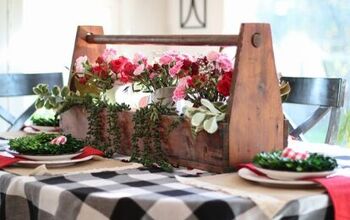





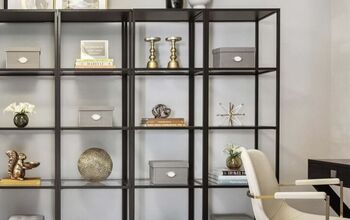



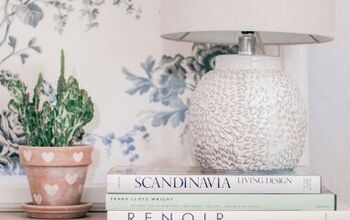

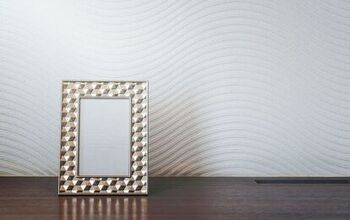

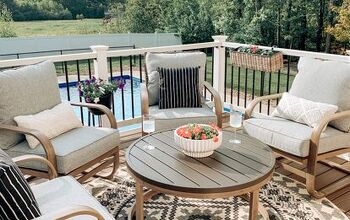
Comments
Join the conversation